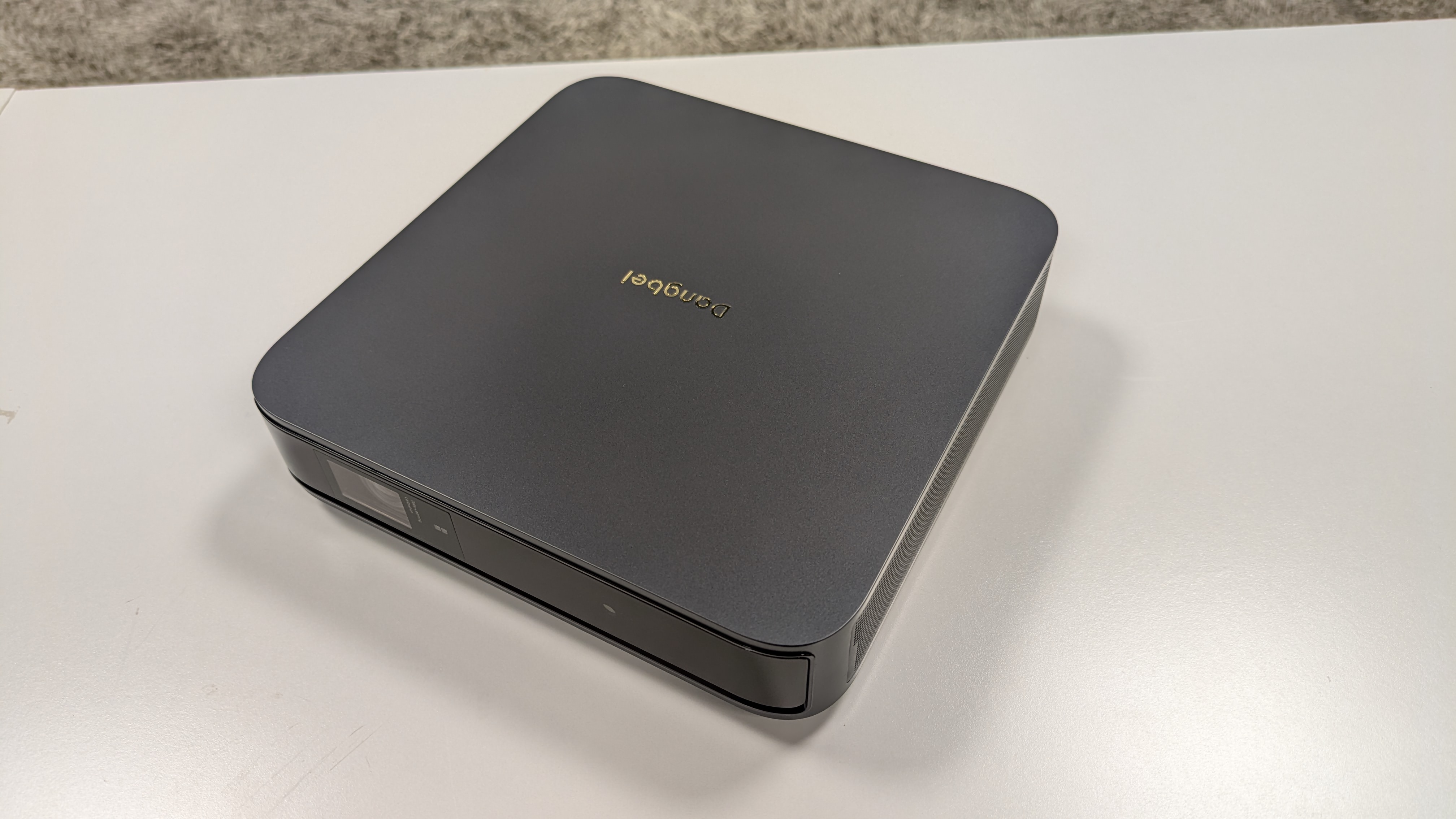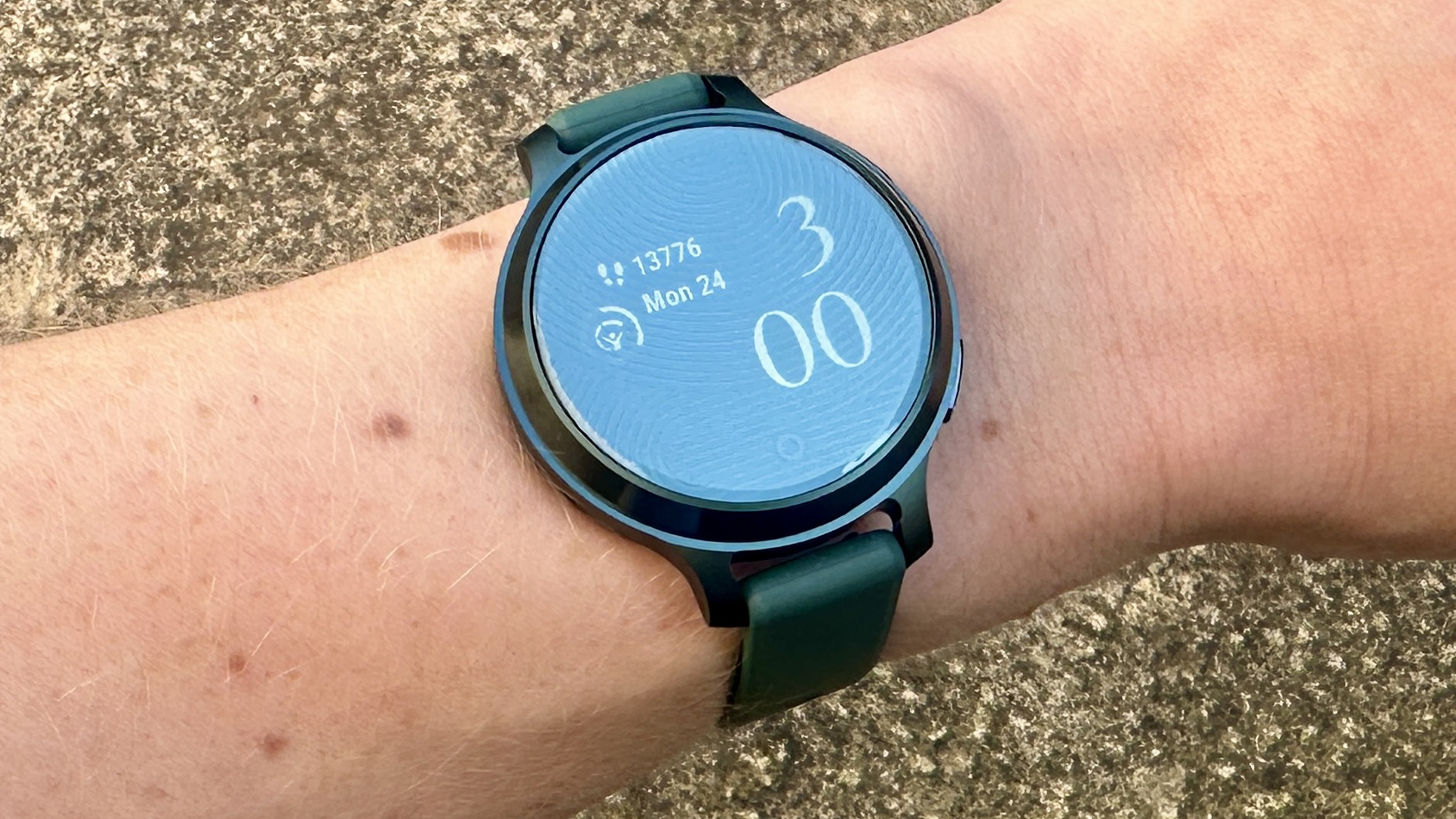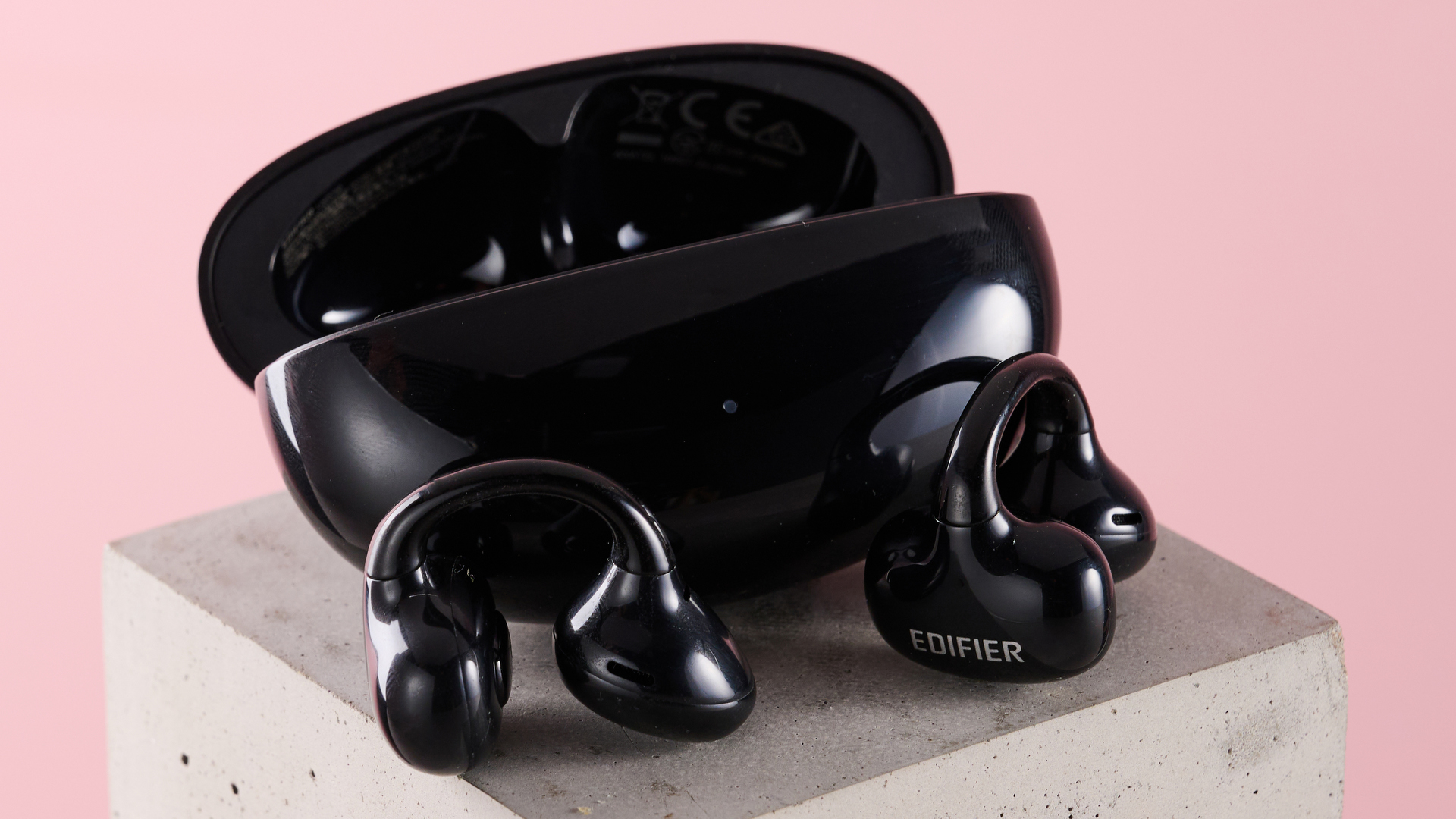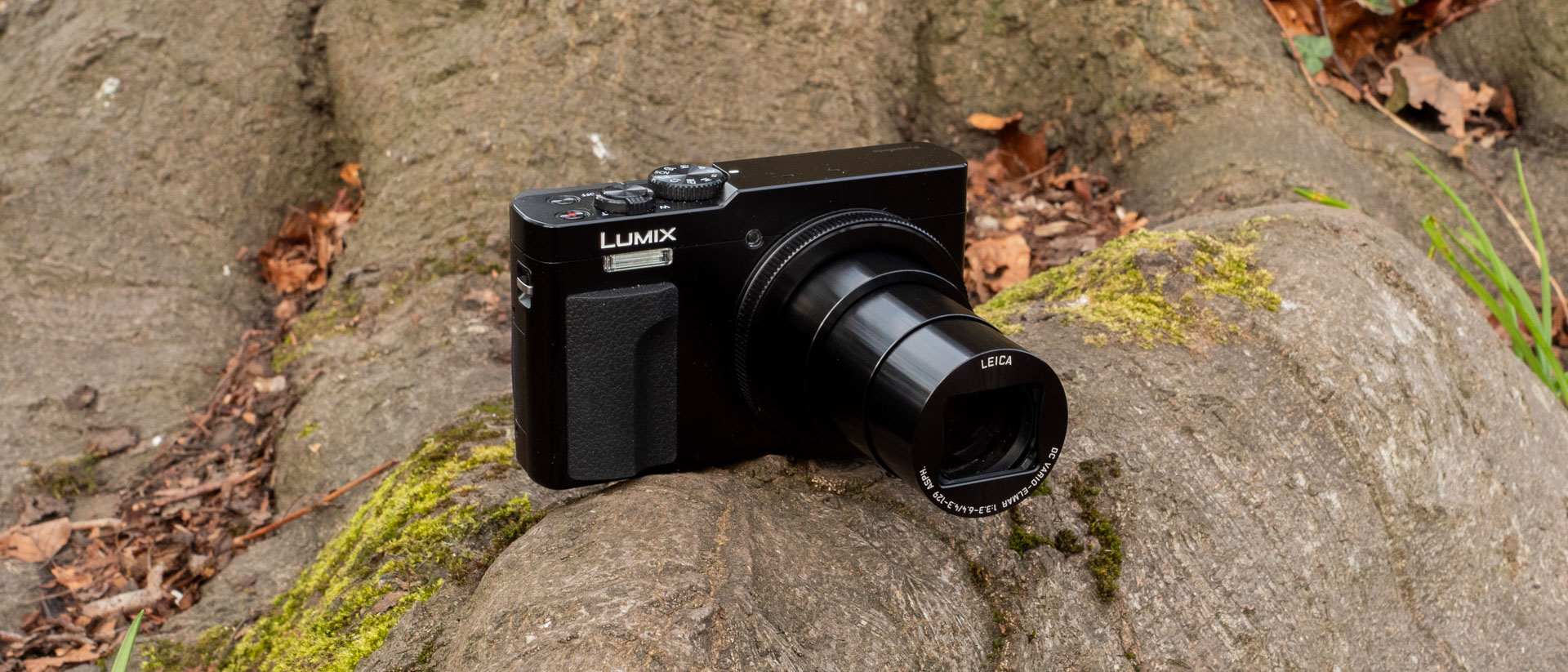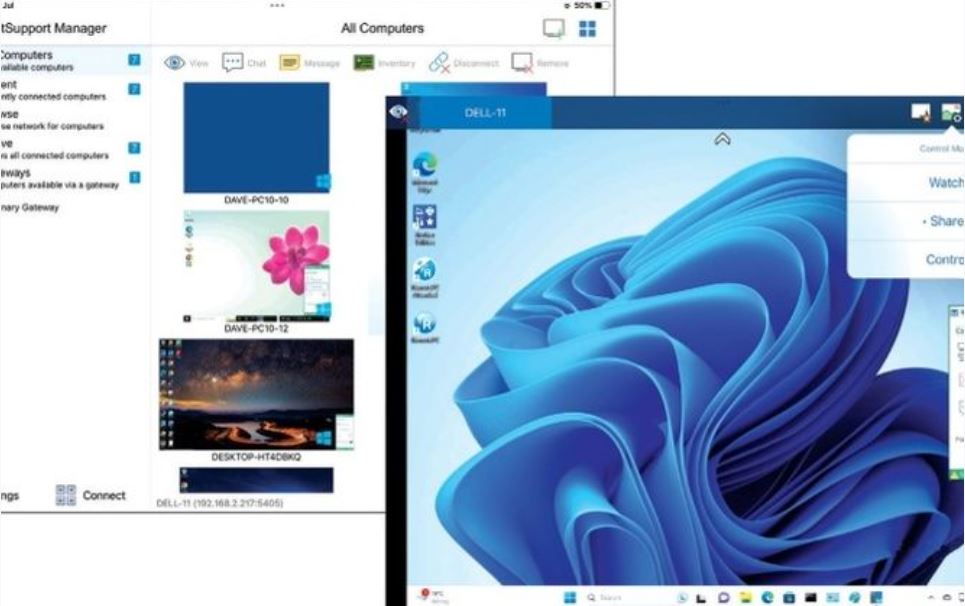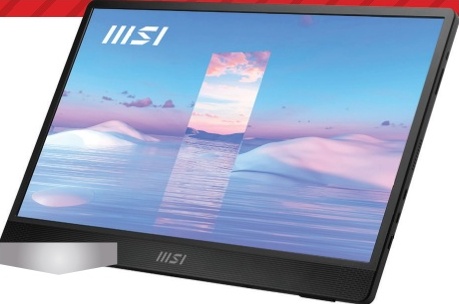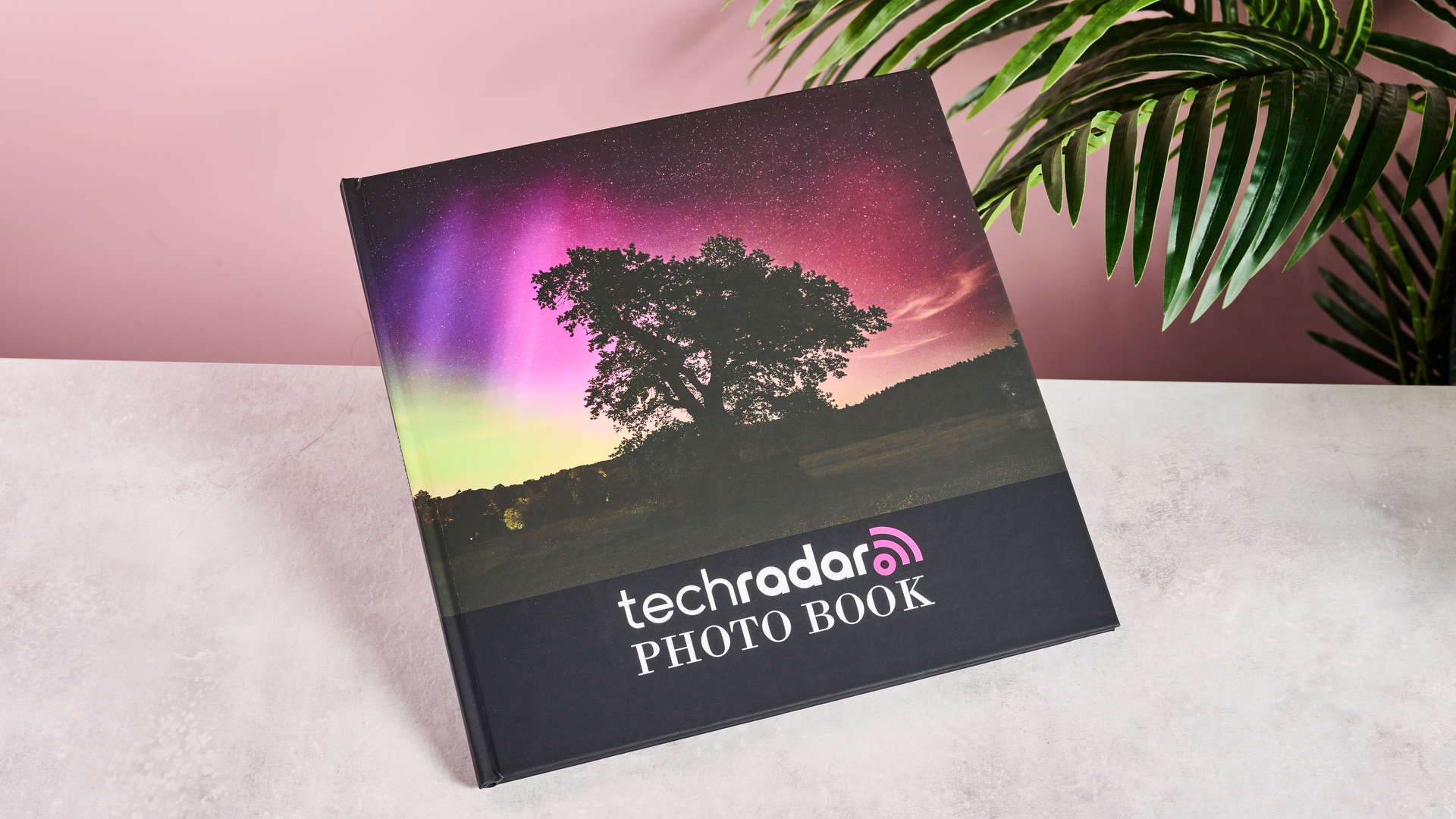Why you can trust TechRadar
The Droid DNA by HTC runs Android 4.1: Jelly Bean and HTC's Sense 4+ UI. Thanks to a beefy processor and ample memory, it's more than capable of running the advanced multitasking functions offered by the Android operating system.
Android 4.1: Jelly Bean
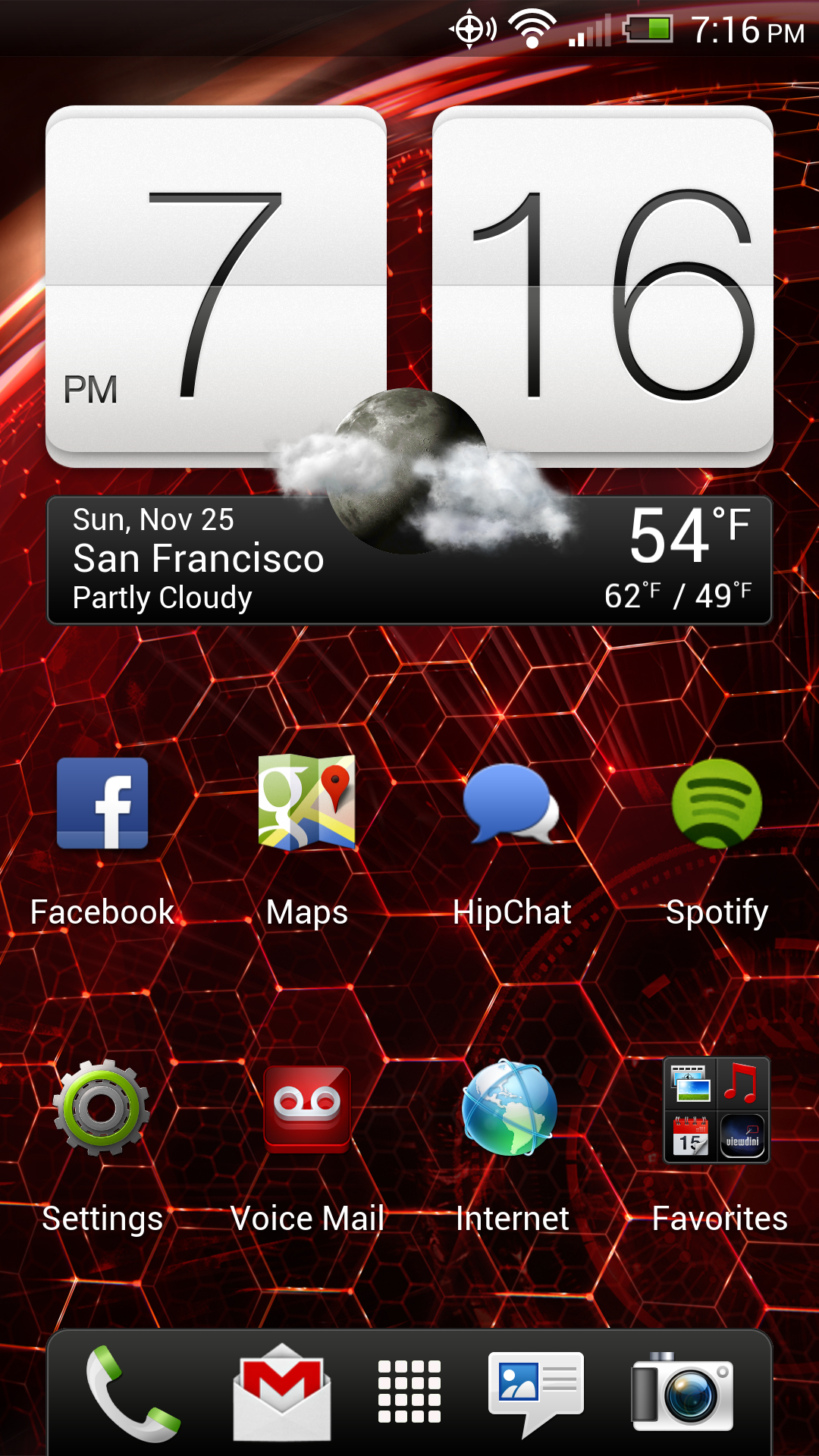
This powerful HTC handset may have Droid DNA, but its lifeblood is Jelly Bean. After the HTC One X+, this is the second phone by the Taiwanese manufacturer to launch with Jelly Bean already installed.
While it's not packing Android 4.2: Jelly Bean, the absolute latest version of the OS, consumers shouldn't balk, that software suite is currently reserved for Google own Nexus devices, the Nexus 10, Nexus 4 and Nexus 7.
- Find out: Android 4.2: Jelly Bean

The 4.1 version of the Android OS brings with it a handful of performance enhancements, including better app loading times, quicker web browsing and a more responsive experience overall.
This streamlined software performance is compounded by the Droid DNA's capable hardware. Flicking from screen to screen, adding widgets to the home screen and switching between programs all happens with absolute butter smoothness.
Jelly Bean also provides greater capacity for multitasking from the notification center, a panel that is pulled down from the top of the screen. It now provides a preview of incoming emails and text messages, and one touch access to basic functions like "reply" and "forward."
As with Android 4.0: Ice Cream Sandwich, everything is built around a Home Screen and up to six additional panels. That makes for a total of seven screens that can be decked out with apps and widgets to your heart's content.
A single press on the Home button returns you to the Home Screen, the third panel by default. Pressing it again displays all the panels at once, which makes for easy management and rearranging.
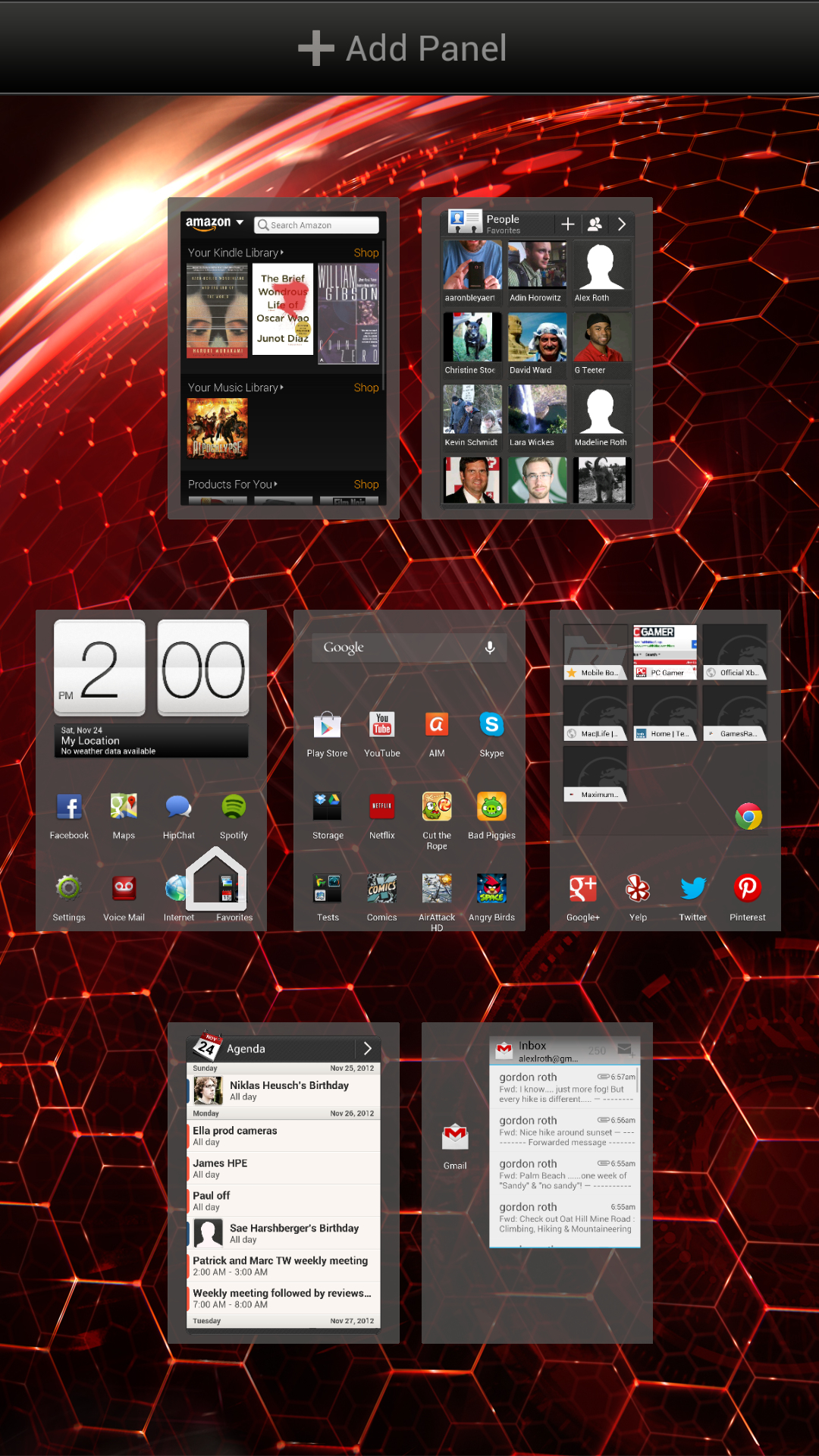
The four default icons found on the dock are Phone, Email, Messages and Camera. These can all be removed, swapped out for icons or transformed into folders, but you are limited to just four on the dock. There's also a grid-like icon that lets you browse all your apps. It can't be removed.
Your four dock icons are also accessible directly from the lock screen. There's also native support for folders, which lets you cluster apps together in whatever combination you choose.
There's also a powerful new Google Now search function that's accessed with a long press of the Home button. From here you can perform a text or voice search that offers results from both the web and your phone. It's fast, and startlingly accurate.
Jelly Bean has given Android vastly improved speech recognition, to the point where it's now competitive with Apple's Siri. Talk to type is available any time the keyboard pops up, and can be activated from the Google Now menu just by beginning your request with, "Google…"
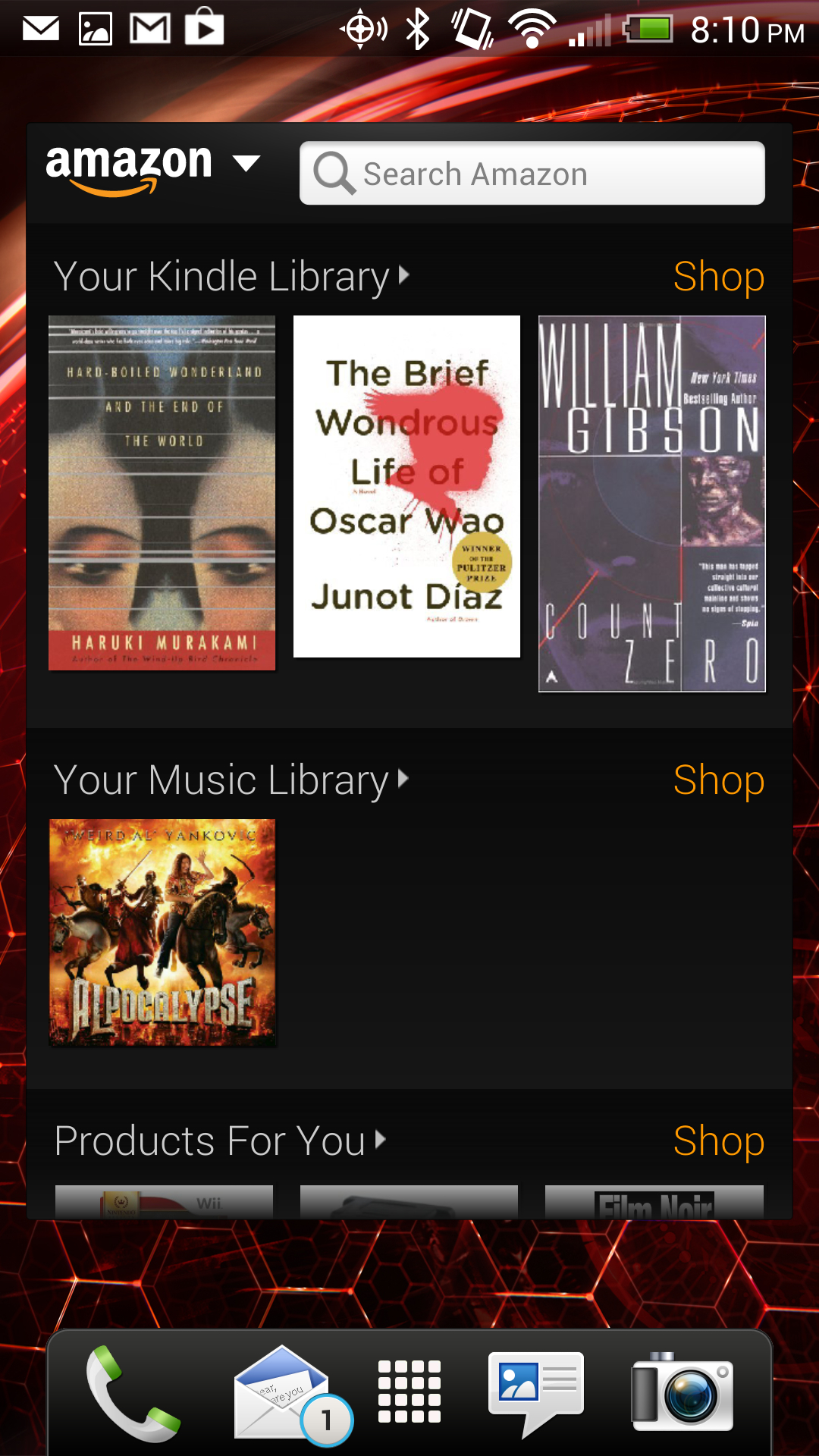
Those lovely Android Widgets have also been tweaked in Jelly Bean. Many Widgets can now be resized, giving you at-a-glance access to your email, calendar or a forecast.
The Droid DNA is loaded with a lot of large and powerful Widgets that are worthy of a panel all their own. The Amazon Widget is particularly useful, giving you a preview of books, music and movies in your library, all of which can be accessed with a single touch.
The Droid DNA's powerful hardware proved to be very apt at handing seven Jelly Beans loaded to the gills with Widgets, folders and icons. While having lots of Widgets pulling live data from the web can be drain on your battery as well as your data plan, it took no discernable toll on the Droid DNA's overall performance.
Flicking across panels or jumping directly to the home screen happened in the blink of an eye. Once again, beefy specs and Jelly Bean make for a potent combination.
HTC's Sense 4+
As we mentioned, the Droid DNA isn't running a vanilla version of Android 4.1: Jelly Bean. A layer of HTC's Sense 4+ UI has been poured over it. It mostly just provides aesthetic differences. Generally, it stays out of the way, and only one or two of its visual quirks are truly questionable.
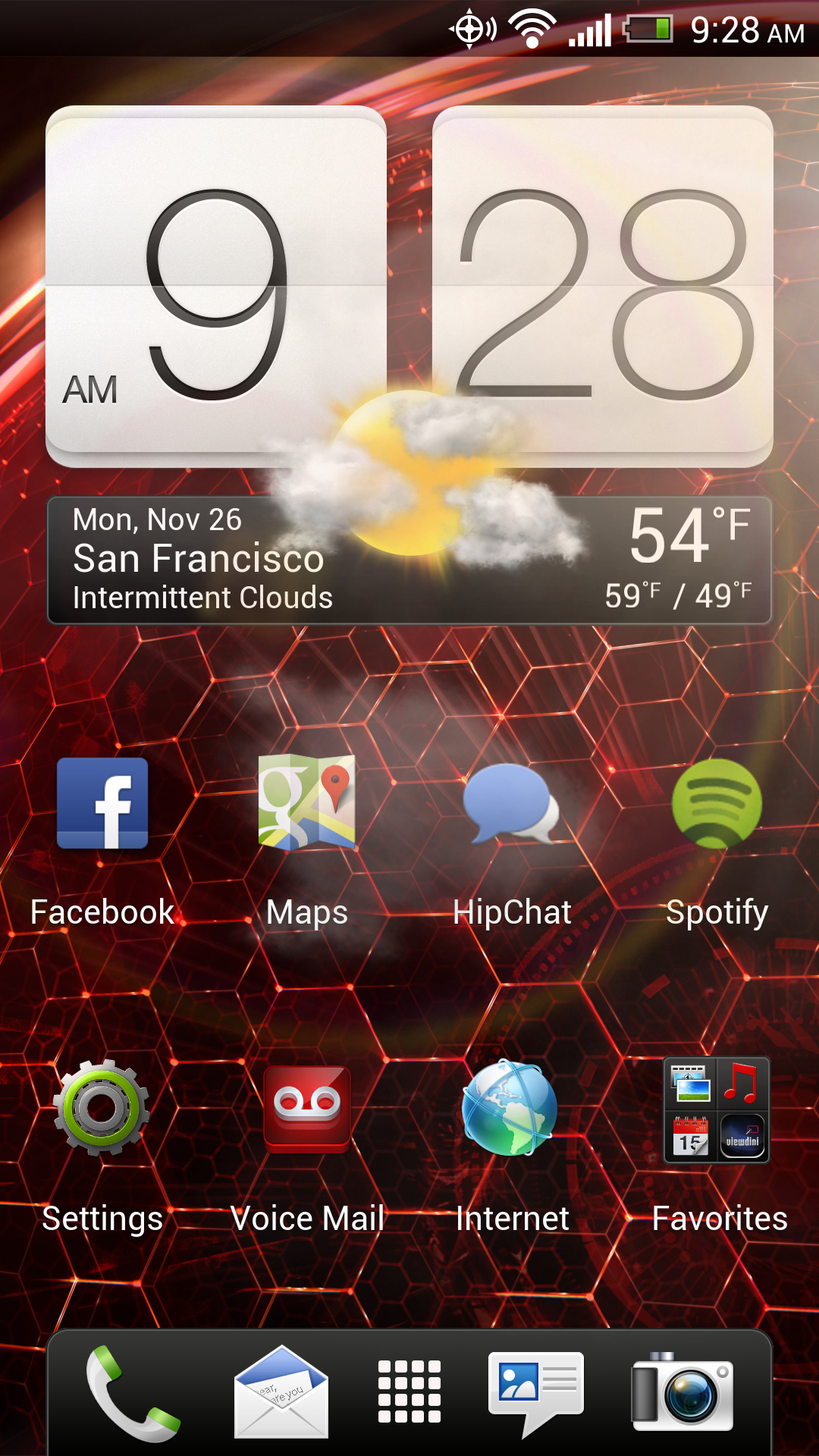
The most immediately obvious aspect of Sense 4+ is its weather and clock widget. Plopped on the Home Screen by default, it displays the current time in the style of a retro flip clock.
Touching the clock or the weather gave a detailed breakdown of selected time zones and a more detailed forecast, respectively. Also, after unlocking the device, you'll sometimes be greated by clouds or glowing sunshine. The widget has animations that reflect the forecast. They're a tad cheesy but fun, and easy to disable if you grow tired of them.
HTC has also reconfigured the look of the Recent Apps preview. Tapping the third capacitive Android button, called Recent Apps, of course, accesses this.
Instead of showing them as smaller, square tiles, as is the Android default, it makes them into long, rectangular previews. This strikes us a poor use of space compared to the default method. It takes longer to scroll through the previews this way, and gives apps the look of that weird floating space prison from "Superman II."
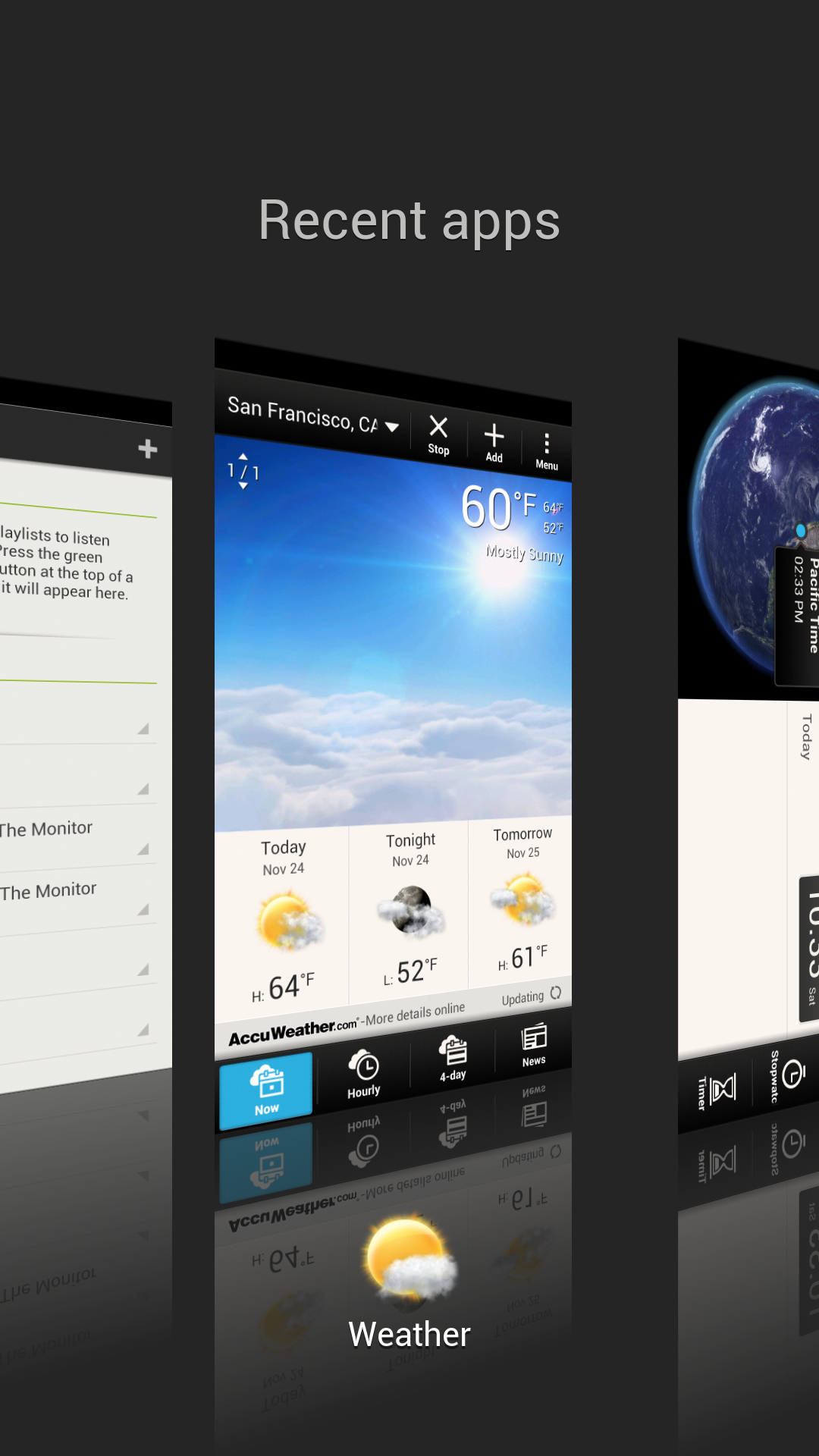
HTC also made another questionable choice by separating app and widget management. Normally in Jelly Bean, users can see both their apps and Widgets by touching the grid icon on the dock.
Not so with the Droid DNA. Instead, the grid icon only shows apps, which have been divided into All, Frequent, Downloads and Verizon apps (more on them in a minute).
Widget management is accessed with long press on any blank area on a panel. Users Unfamiliar to HTC's Sense UI may have difficulty finding this. Additionally, if you've got a lot of crowded panels, it may take a bit of scrolling to find a blank space to long press. Overall, an odd choice on HTC's part.
HTC has also reconfigured the lock screen. Rather than the circular Jelly Bean look, the Droid DNA has a silver ring that's dragged upward to unlock the phone. To jump directly into a dock app, you just drag the icon of your choosing into the ring. The DNA's ample stats make all of this happen in an instant.
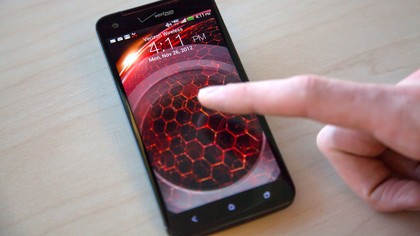
HTC's Sense 4+ is mostly inoffensive, but not helpful either. We prefer the simpler aesthetic of vanilla Jelly Bean. While its signature Widget provides useful info, we found it unreliable. Also, the fact that it can't be resized makes it feel a bit behind the times.
Motorola manufactured Droids like the Droid Razr M and Droid Razr HD are either just now getting Jelly Bean or still waiting, but have a more simple and useful manufacturer UI.
Still, HTC's goofy UI choices certainly aren't enough to drive away consumers, but begrudging and tech savvy users may end up rooting their DNA and removing it altogether.
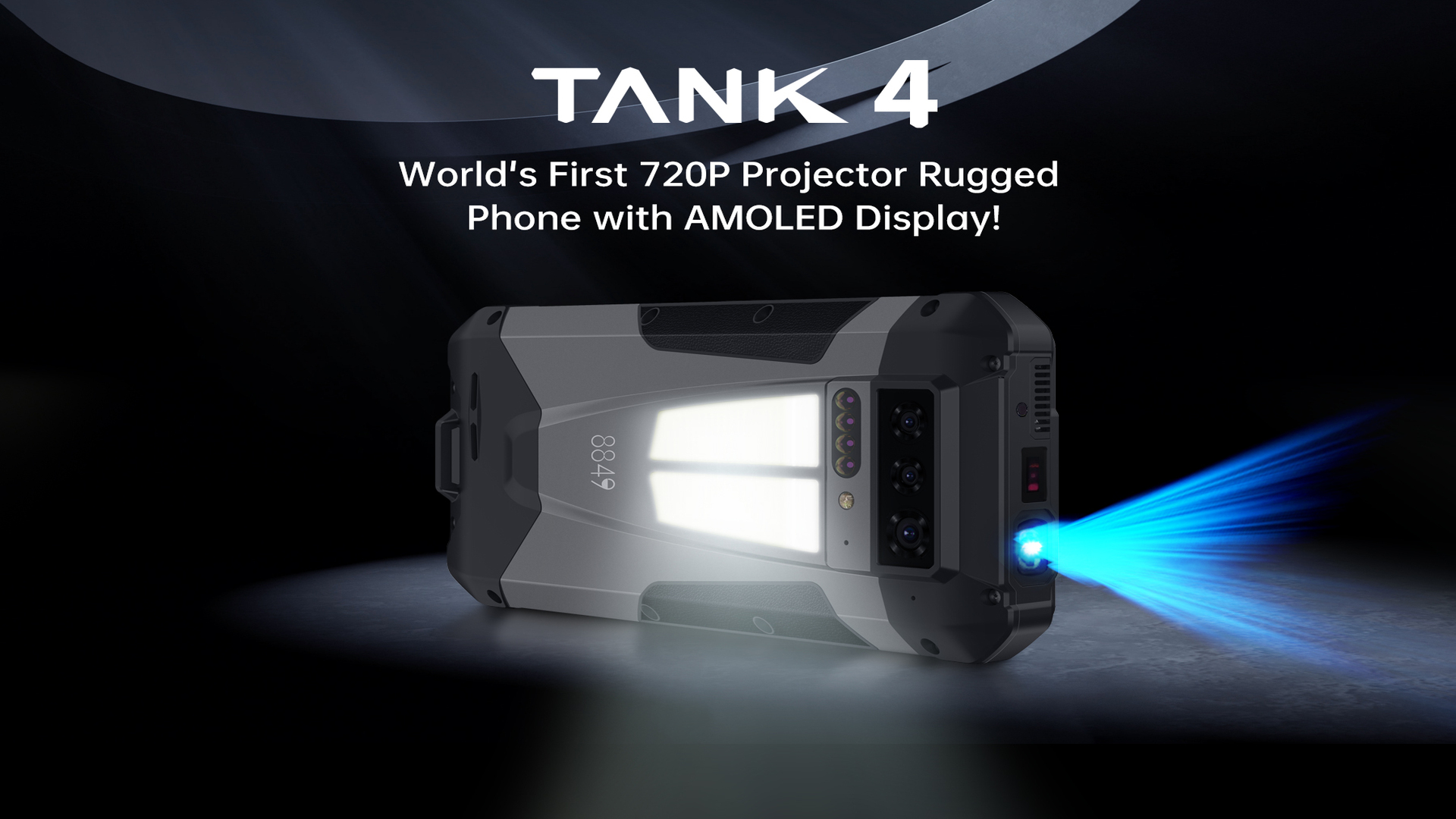
This smartphone puts a 100 lumens HD DLP projector in your pocket, a powerful camping light and even a low-light camera for nocturnal excursions
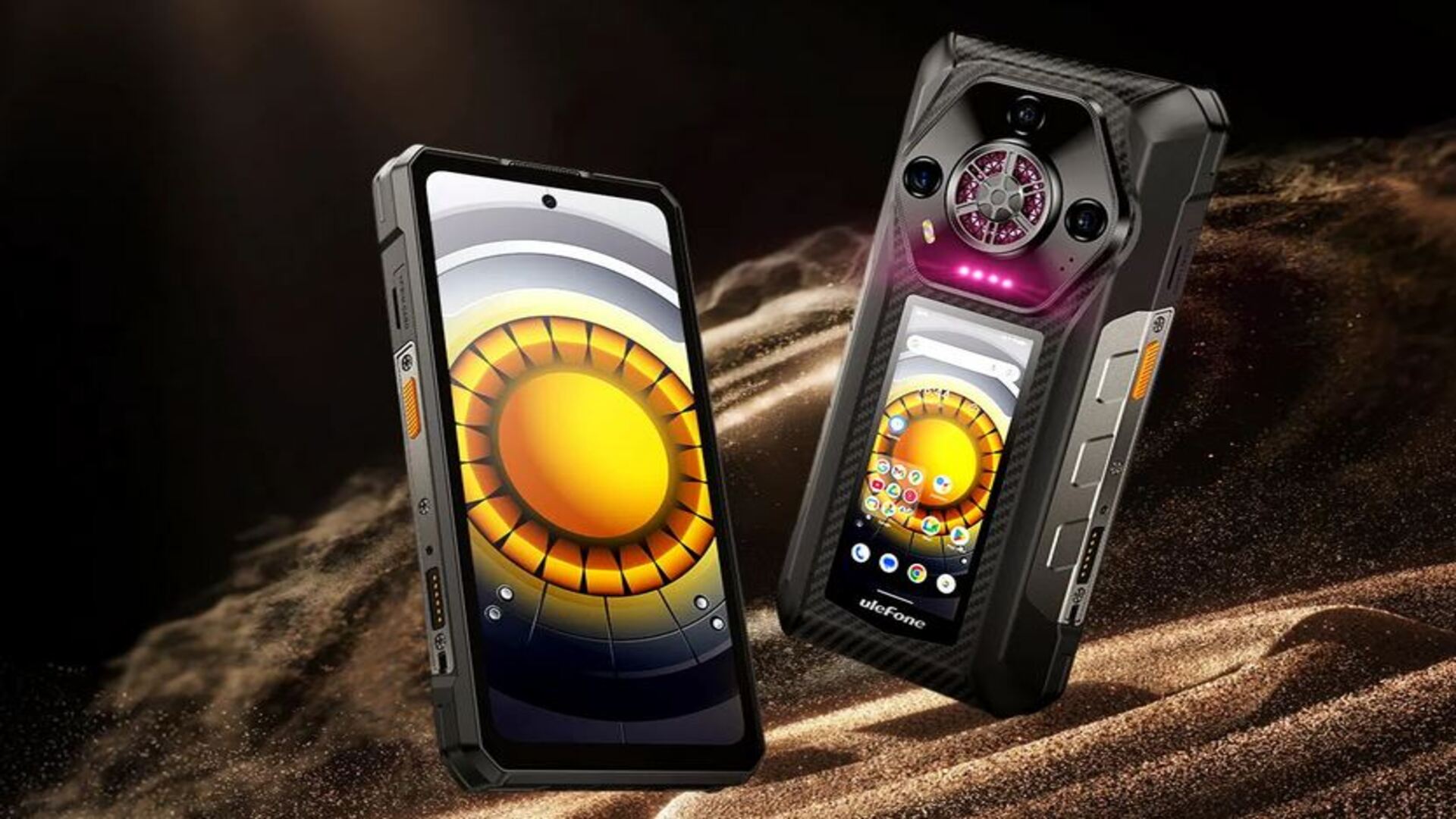
I can't believe I had to wait so long to see the first true dual-screen smartphone, and it even has a waterproof loudspeaker
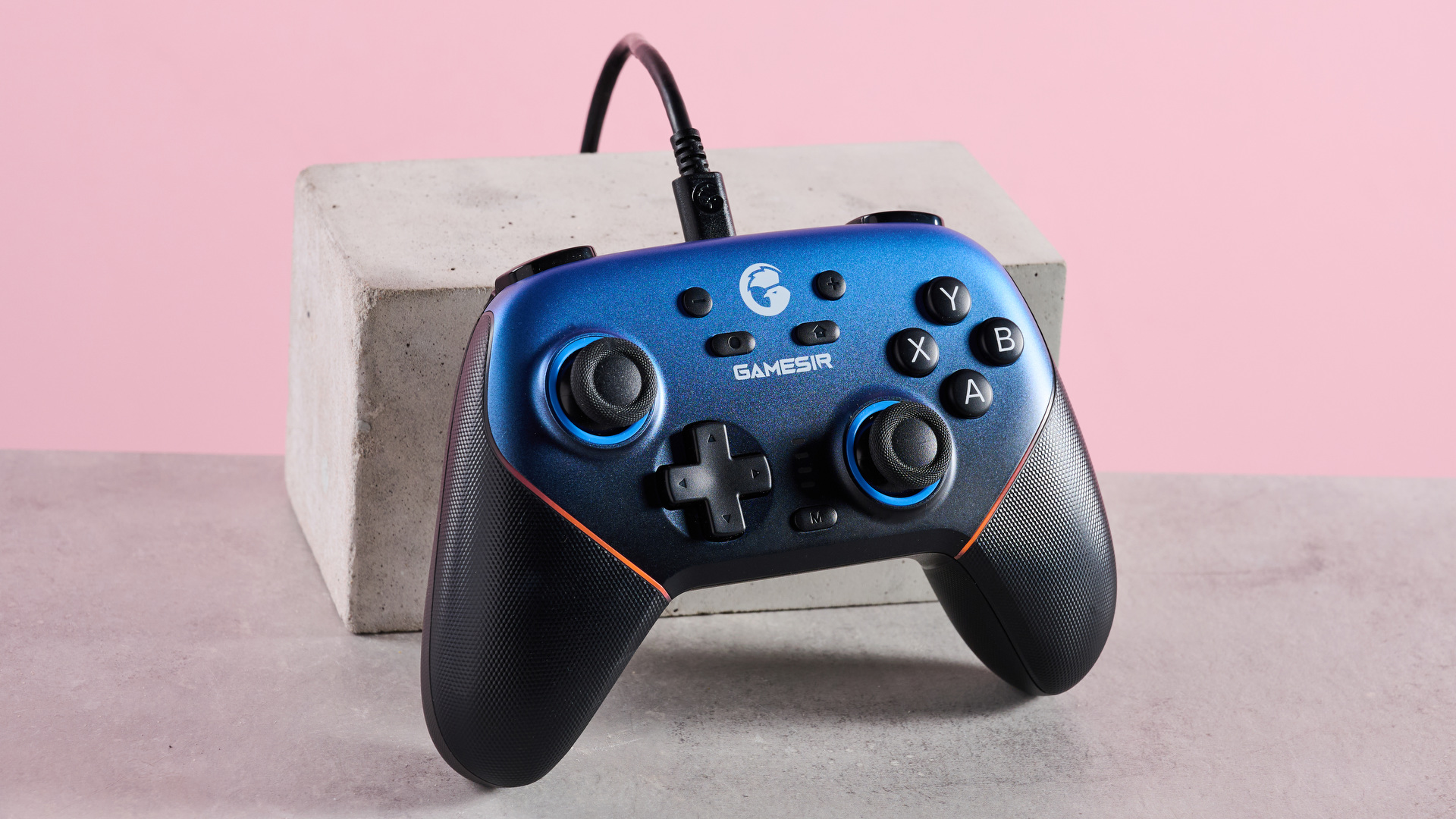
I can't quite believe how many customization options there are for the GameSir Super Nova, but it’s not without a few faults

